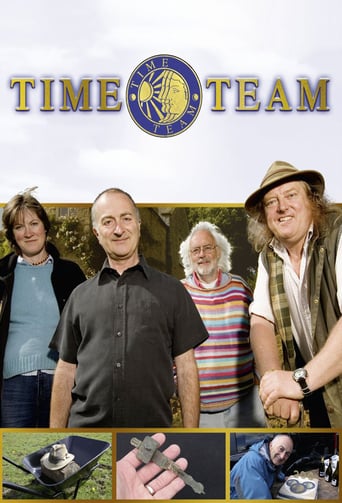The Secret of Flight (1959)
The Secret of Flight
1959
A lecture series about the basic problems of flight, explained by visual presentation of flow experiments. As the material of the lectures should be understood by every interested listener, no mathematical or other theoretical knowledge is used for explanation. Every problem is demonstrated by a true-life experiment and purely scientific language is avoided. Each of the lectures deals with a basic problem of flight. The experiments are mostly shown as flow picture but at certain points scale models and flying models are used to ensure easier understanding.
Seasons & Episode

The Wright Brothers solved three problems with their first plane: lift, control, and propulsion. The problem of lift was the one which caused the most controversial opinions between scientists and engineers. Dr. Lippisch traces the development of the cambered wing section until a streamlined cambered plate led to the development of the modern wing profile.

Even before the improved lift devices were designed, the stability and control problems had to be solved and further improvements incorporated into the original systems. Dr. Lippisch illustrates how the stability and control system of the Wright brothers' glider differs from the system on the conventional aircraft of today.

After the lift, stability and control problems were solved, a propulsive system was needed to make the aircraft fly. The first propulsion device - the propeller - is still in use today. Dr. Lippisch explains the design of the propeller and demonstrates the lifting propeller - the Helicopter Rotor.

Discusses and demonstrates the problem of drag created by friction and turbulence. Explains the need for a high ratio of lift to drag' to produce an aircraft with good performance characteristics. Illustrates with diagrams and models in the wind tunnel, also uses high speed photography of air movement over a wing in the wind tunnel.

Discusses induced drag which is directly connected with the principles of lift and demonstrates the vortex configuration caused by the wing tip. Illustrates with diagrams and models in the wind tunnel.

Explains the principles of lift. Uses the smoke tunnel to demonstrate the methods developed to produce wings with high lift capacity. Discusses stalling and how it is prevented.

Defines a vortex and explains its structure. Shows several types of vortex including the ring, tip and thermal vortex. Uses the smoke box, water tank, and motion pictures of tornadoes to illustrate how a vortex behaves.

Discusses new aerodynamic problems caused by high speed flight. Explains the different flow regions corresponding to the subsonic, transonic, and supersonic velocities. Demonstrates the generation of shock waves in supersonic flow. Shows filmed sequences of supersonic flow configurations. Points out and demonstrates the basic concept of the newest development in wingless aircraft, the Aerodyne.
A lecture series about the basic problems of flight, explained by visual presentation of flow experiments. As the material of the lectures should be understood by every interested listener, no mathematical or other theoretical knowledge is used for explanation. Every problem is demonstrated by a true-life experiment and purely scientific language is avoided. Each of the lectures deals with a basic problem of flight. The experiments are mostly shown as flow picture but at certain points scale models and flying models are used to ensure easier understanding.
Watch Trailer
Free Trial Channels































